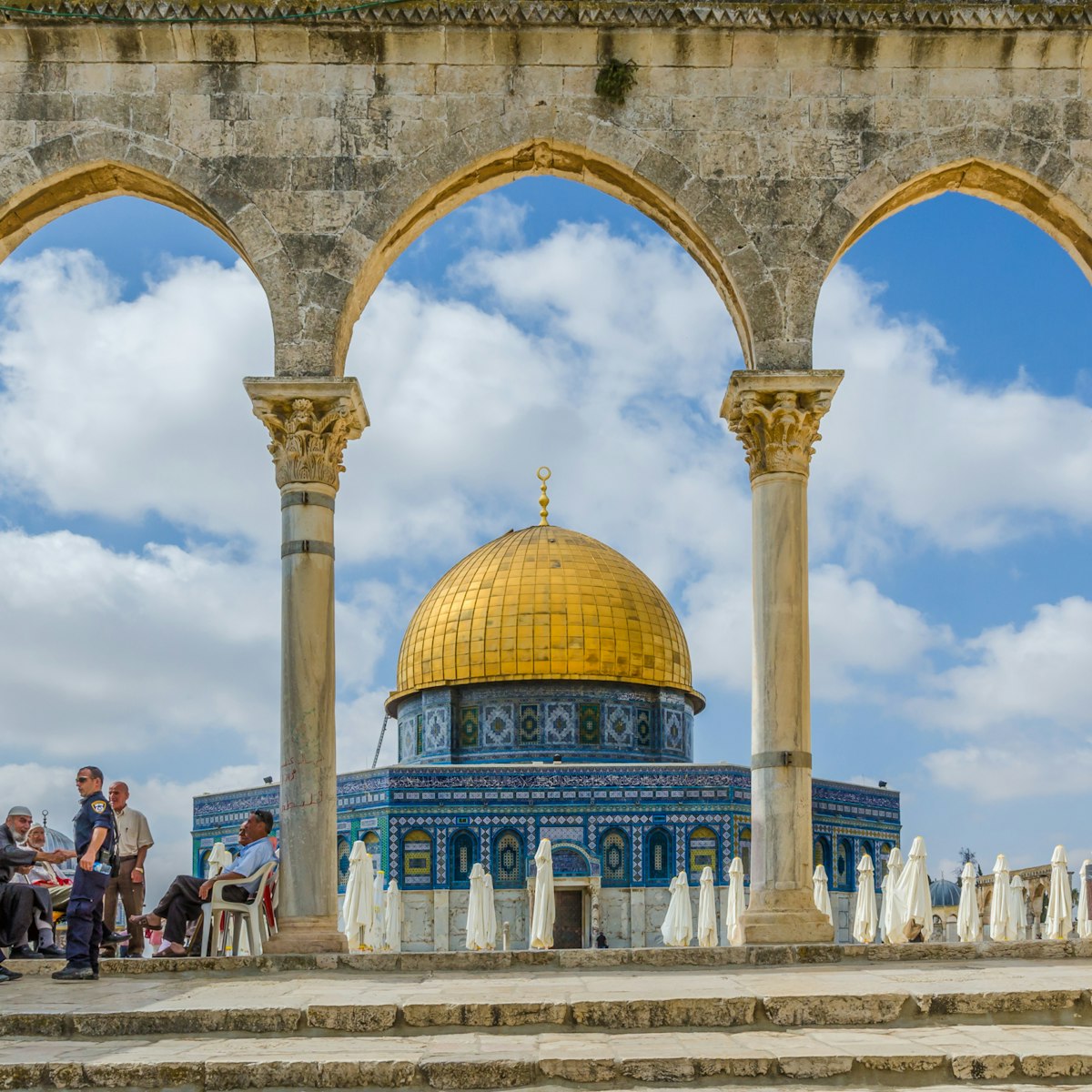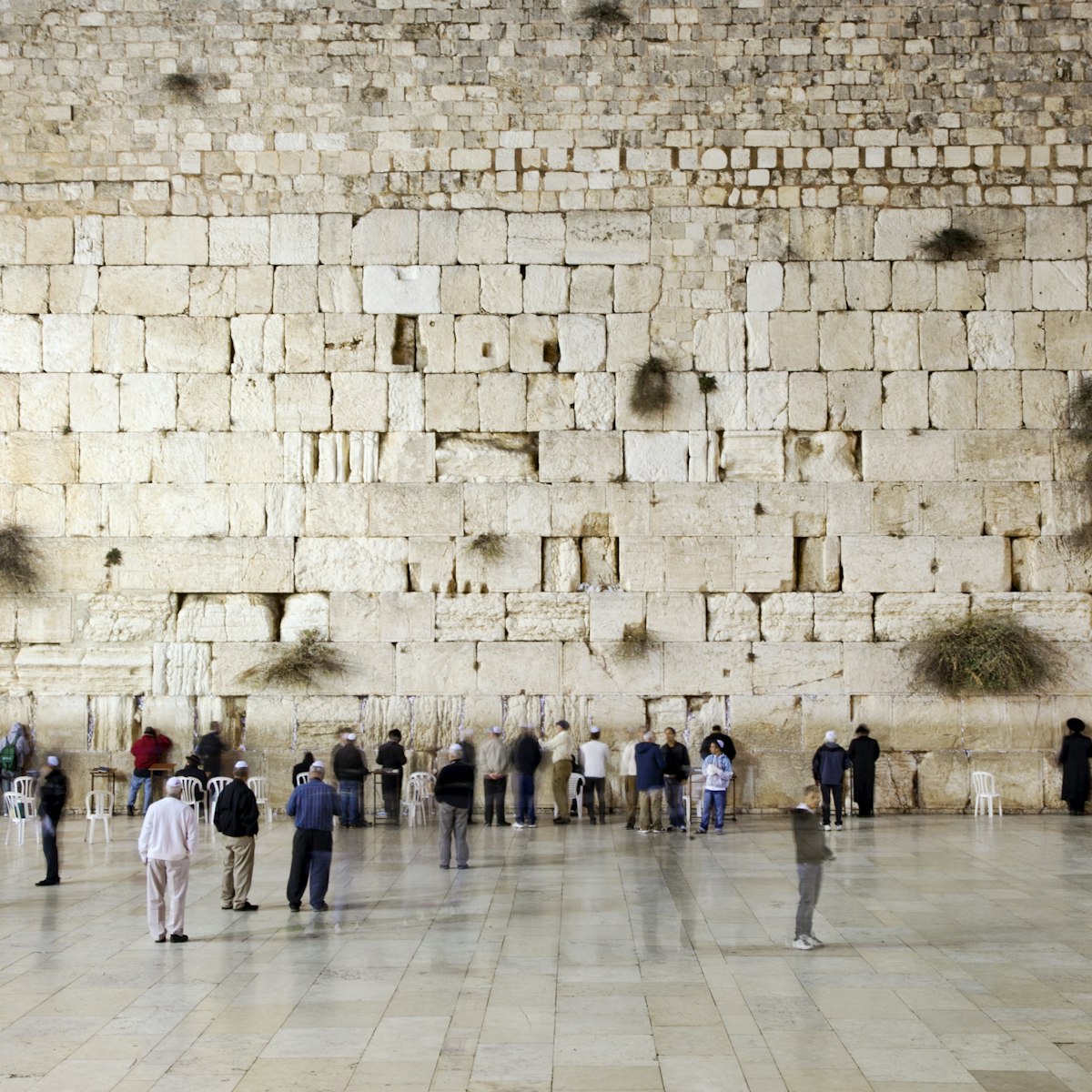The 2nd Station is in the Franciscan Church of the Condemnation, to the left after you enter the church compound. This is where it is believed Jesus received the cross; the dark and gloomy Chapel of the Flagellation to the right is where he is said to have been flogged. Built in 1929, the chapel has a domed ceiling over the altar that incorporates the crown of thorns, and the windows around the altar show the mob who witnessed the event.
A 15-minute multimedia show (15NIS) tells the full story. Next to the Church of the Condemnation is an old model of Jerusalem in the Second Temple period.
Located in this same complex is the Terra Sancta Museum, dedicated to archaeological finds from the time of Jesus.







